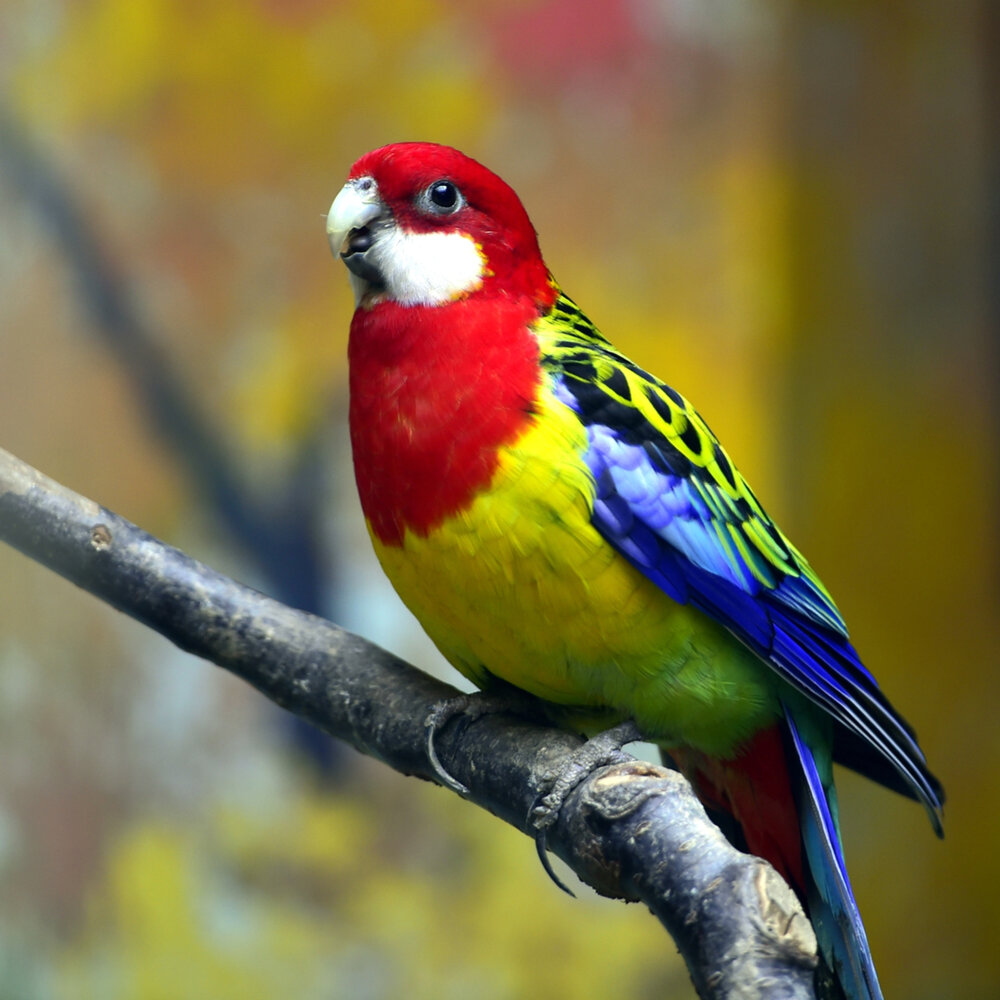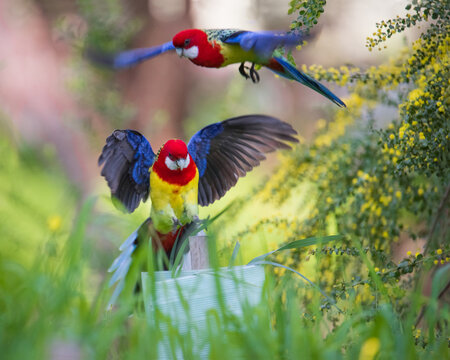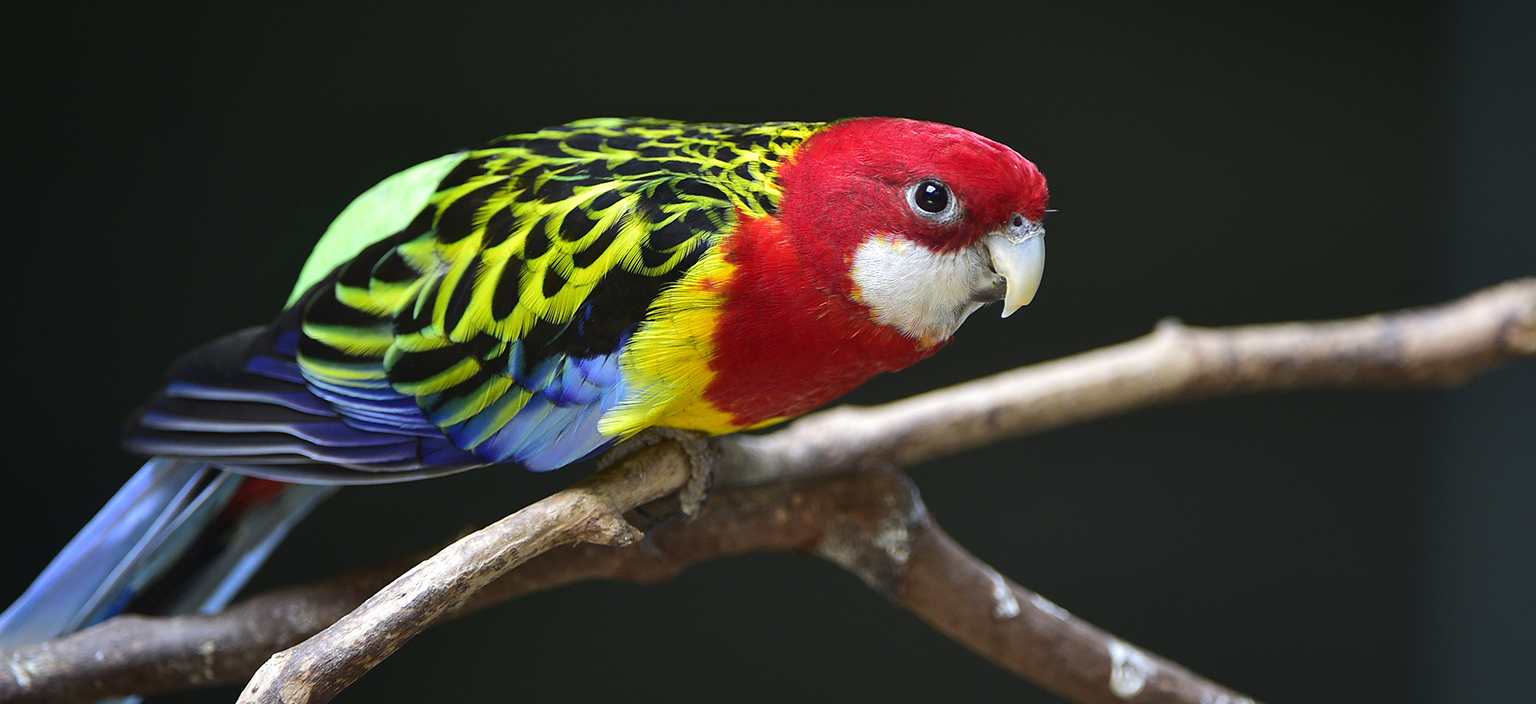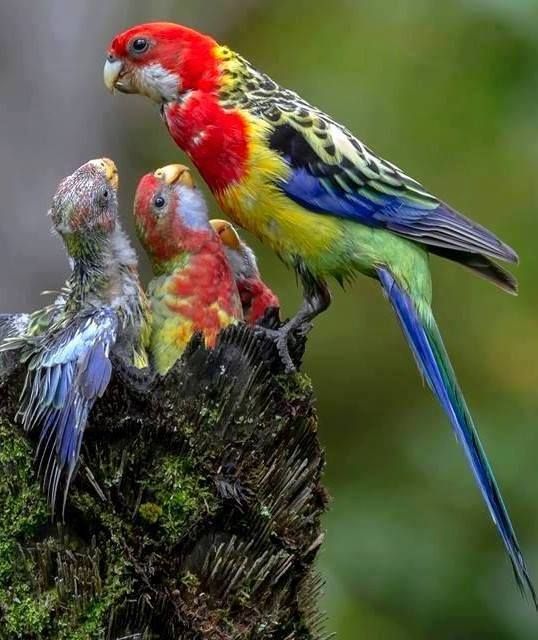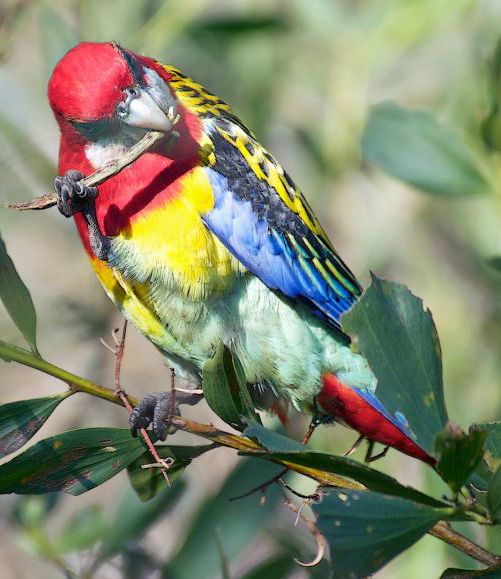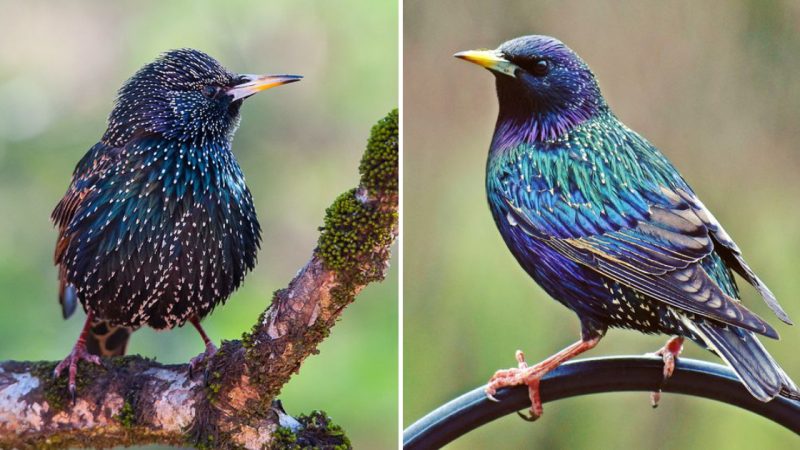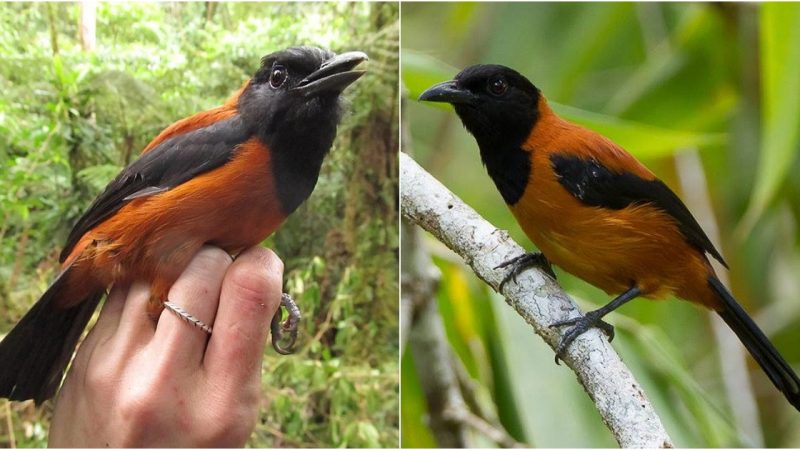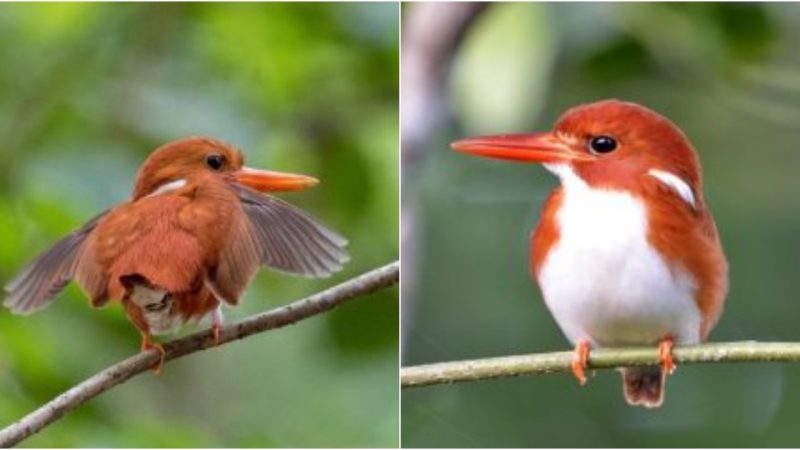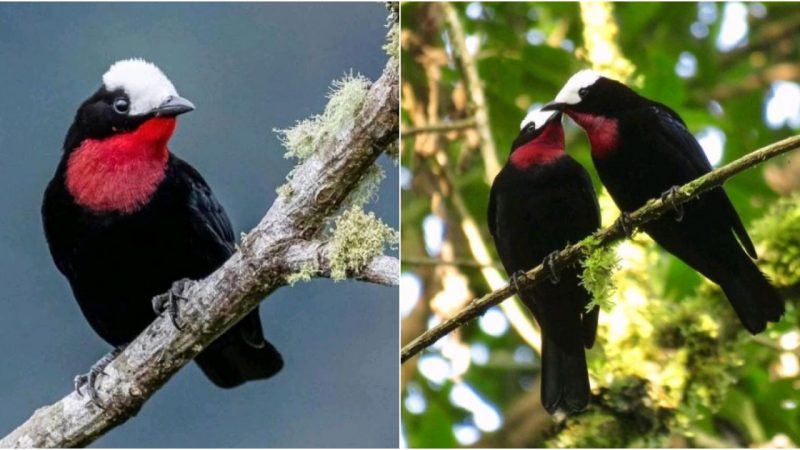The Beauty of the Eastern Rosella: A Colorful and Gentle Parrot

The Eastern Rosella, also known as the Golden-Mantled Rosella, is a stunning rosella species native to Southeastern Australia, including Tasmania. Loved by bird enthusiasts, this bird captivates with its vibrant appearance and calm demeanor. Adorned with striking colors on its feathers, the Eastern Rosella stands out as one of the most visually appealing and popular parrots within the rosella family, making it an ideal choice for those interested in owning a colorful avian companion.
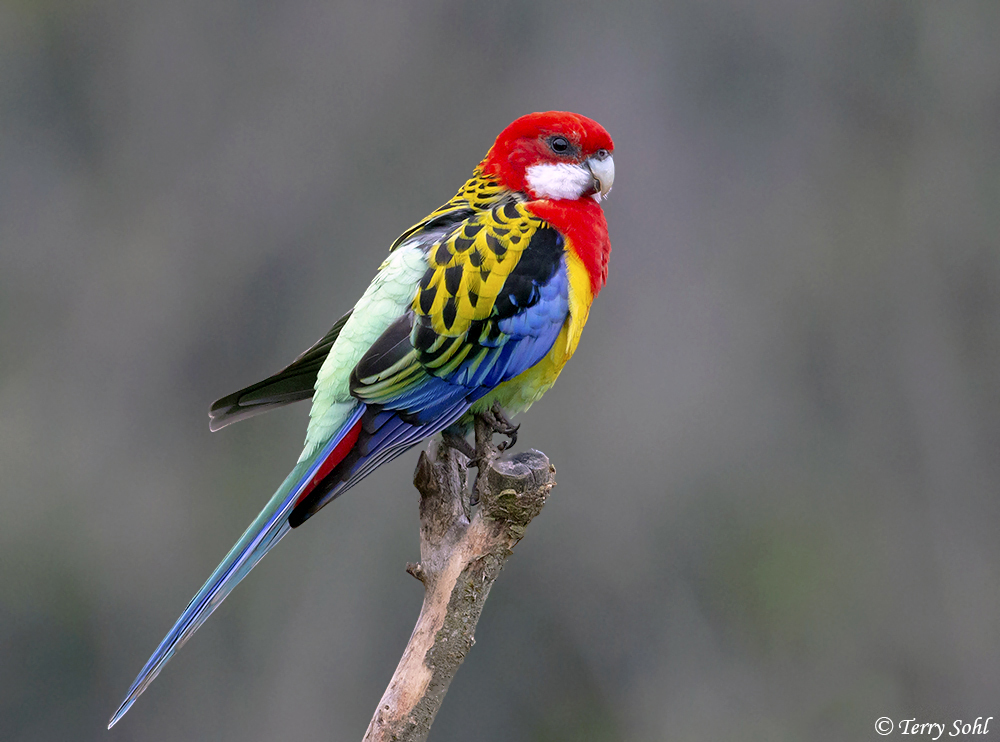
Originally named in 1792 by the English botanist/zoologist George Shaw, the Eastern Rosella was initially referred to as the Rosehill Parakeet. Over time, as European settlers encountered this species in New South Wales, it came to be known as the Rosehill Rosella. After being introduced to New Zealand in the early 1800s, the Eastern Rosella established feral populations, particularly in the North Islands and the hills around Dunedin in the South Island. While these rosellas are indigenous to Australia and neighboring islands, they are not found in the outback but instead prefer coastal mountains and plains as their habitat.
The appeal of the Eastern Rosella as a pet bird lies in its easy-going temperament. Although it is not particularly fond of cuddling, it enjoys being in close proximity to its owner. This bird forms strong attachments and may even become despondent if it doesn’t receive enough attention. Due to its gentle nature, the Eastern Rosella can be an excellent pet for families with small children, provided that the children are taught to respect the bird’s boundaries.
The Eastern Rosella does not seek excessive petting or fussing and is not known for making a lot of noise. However, like other rosellas, it can engage in occasional chattering, which may be loud at times.
If you appreciate melodious whistling, the Eastern Rosella is a bird you will adore, as it has excellent whistling abilities. While not particularly skilled at mimicking human speech, this bird can learn a few simple words. Its contact call is a high-pitched whistle, and it may emit shrill sounds when alarmed, as well as softer calls while feeding or roosting. Overall, the Eastern Rosella is not excessively noisy, preferring to engage in chattering, whistling, and occasional squawking.
While it cannot mimic human speech, the Eastern Rosella can repeat words it hears frequently. Additionally, with repeated exposure to simple melodies or whistling sounds, it may learn to whistle along. Playing a CD of whistling sounds or music can elicit this response from the bird.
The Eastern Rosella boasts striking colors, with bright red adorning its head and the nape of its neck, extending to the upper breast. Its cheeks and beak are a vibrant white, while the crimson red of its chest transitions to yellow on the lower breast, blending into a pale green on the belly. The back feathers are black with green margins, and the wings display shades of blue. The underside of its tail feathers is red.
Young Eastern Rosellas acquire their vivid adult plumage after experiencing two molts at around 14 months of age. Females of the species tend to have duller coloring compared to males, which is a common distinction observed in many bird species.
The Eastern Rosella thrives in an aviary setting, where it can freely fly around. If an aviary is not feasible, providing a spacious cage is essential, allowing the bird to spread its wings and move about freely.
Due to their incompatible nature, Eastern Rosellas do not typically get along well with birds of other species and are best housed alone. If you wish to keep a pair of Eastern Rosellas, it is recommended to provide separate cages for each bird while keeping them in the same room to enable social interaction through chattering and singing.
Eastern Rosellas enjoy chewing, so it is advisable to offer them wooden toys to satisfy their chewing instincts. Providing a cuttlebone for them to gnaw on and incorporating a swing and ropes for playtime are also appreciated.
To prevent boredom, which can lead to feather-picking and potential depression, it is crucial to keep the Eastern Rosella mentally stimulated. As for grooming, these birds groom their own feathers, but you can assist in maintaining their claws by including a specialized bird perch in their cage, which naturally trims and keeps their nails well-groomed.

